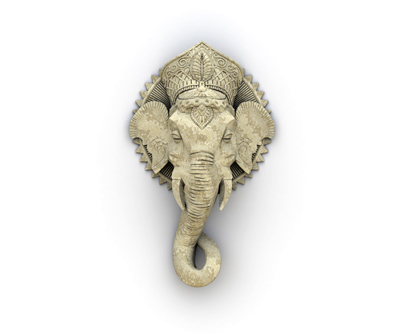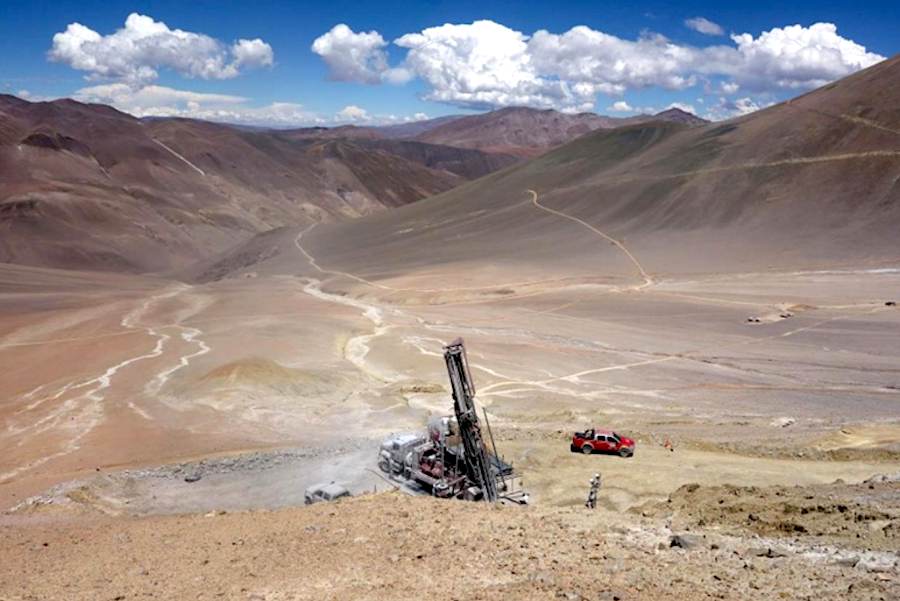Iron ore price indicators all point up, but there’s an (Indian) elephant in the room

The price of iron ore on Monday, reversed early September’s downward trend on the back of a similar turnaround in Chinese steel prices and a surge in imports of the raw material.
The benchmark CFR import price of 62% iron ore fines at China’s Tianjin climbed to $134.80 up over 30% up from levels reached this time last year according to data provided by SteelIndex.
The country forges almost as much steel as the rest of the world combined and to meet the demand for steelmaking raw material China’s iron ore imports have been surging.
Imports of iron ore in August were 69 million tonnes, up 11% from a year earlier. Imports hit a monthly record of 73m in July, which was up 17% from the previous month.
On Monday Shanghai rebar, the most actively traded steel futures contract worldwide, gained 0.8% to close at 3,752 yuan ($613).
Despite a weak August, Shanghai rebar is still trading more than 10% up from an all-time record low of $550 hit 6 September last year.
The contract gained after steel inventories in China fell more than 2% to 6.4m tonnes, its lowest level since January 25.
The decline in rebar stockpiles is particularly significant since China has continued to produce steel at a record pace of more than 2.1m tonnes per day (up more than 7% from levels last year), showing demand in the world’s second largest economy is not as slack as many observers believe.
China imports the bulk of its iron ore and that number is growing as the new Chinese leadership opens up the industry to market forces and highly fragmented domestic producers continue to struggle with high mining costs and low quality ore.
Iron ore stockpiles at major Chinese ports have been rising slowly but steadily to reach 73.6m tonnes last week, but only represents around 60% of monthly consumption by the country’s steel industry.
Those are historically near record low levels of inventory levels which averaged around 100 million tonnes during the first half of last year.
Despite all the positive signs there is one factor that could put the upward trend in iron ore spot prices in reverse; and do so in short order.
The Karnataka-Goa-Orissa trade with China laid the foundation for iron ore spot market in iron ore.
From 42m tonnes in 2003 India’s exports peaked at 120m tonnes in 2009, only to collapse a year later.
The Indian government’s corruption crackdown and a strategy to prioritize domestic steel production by hiking export and transport tariffs will see India turn into a net importer in the coming years.
But a new report argues that given India’s current economic problems – a falling currency and a current account deficit at alarming levels – will see this trend reversed.
China Mining reports on a Commonwealth Bank of Australia research note which says the Indian government “appears to be encouraging a lift in exports to earn some desperately needed foreign currency:”
India finds itself in a bind. Projections say it will need to start importing iron ore by 2019, hence the policies aimed at conserving its own resources. Yet the economic crisis means a short-term reversal of that policy. It could also mean a good deal more iron ore competing with Australian exports.
{{ commodity.name }}
{{ post.title }}
{{ post.date }}

Comments